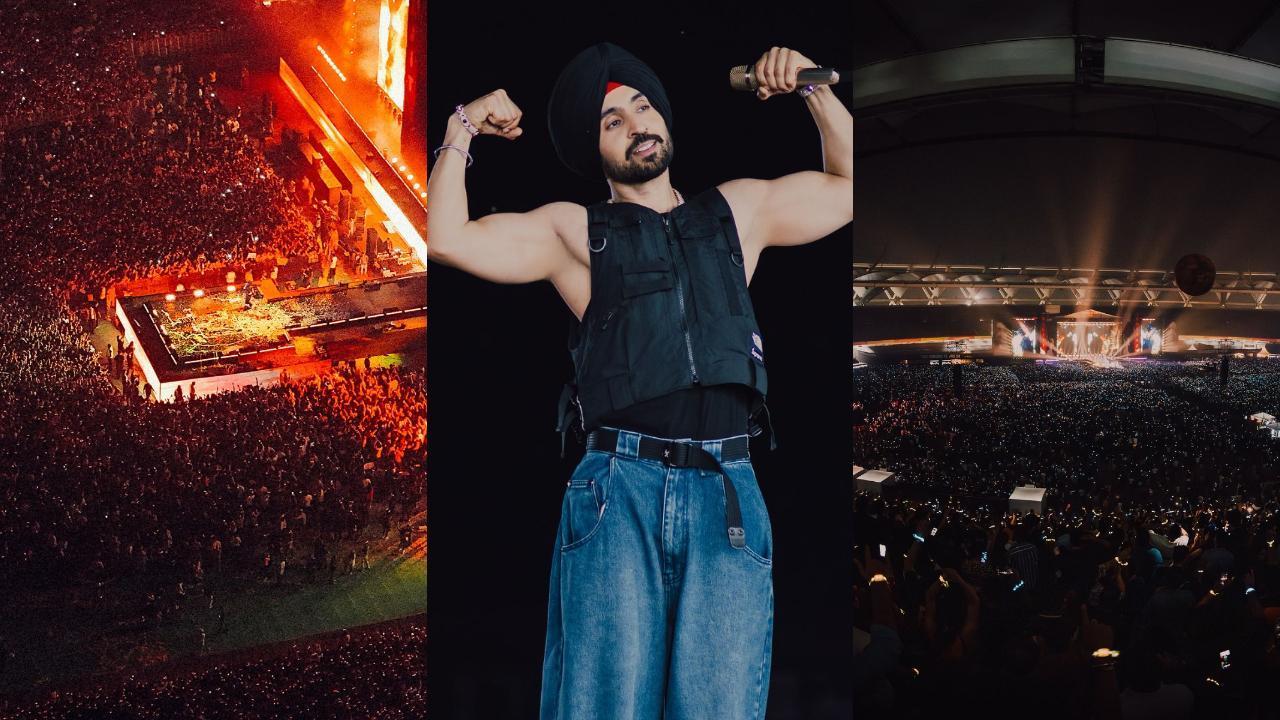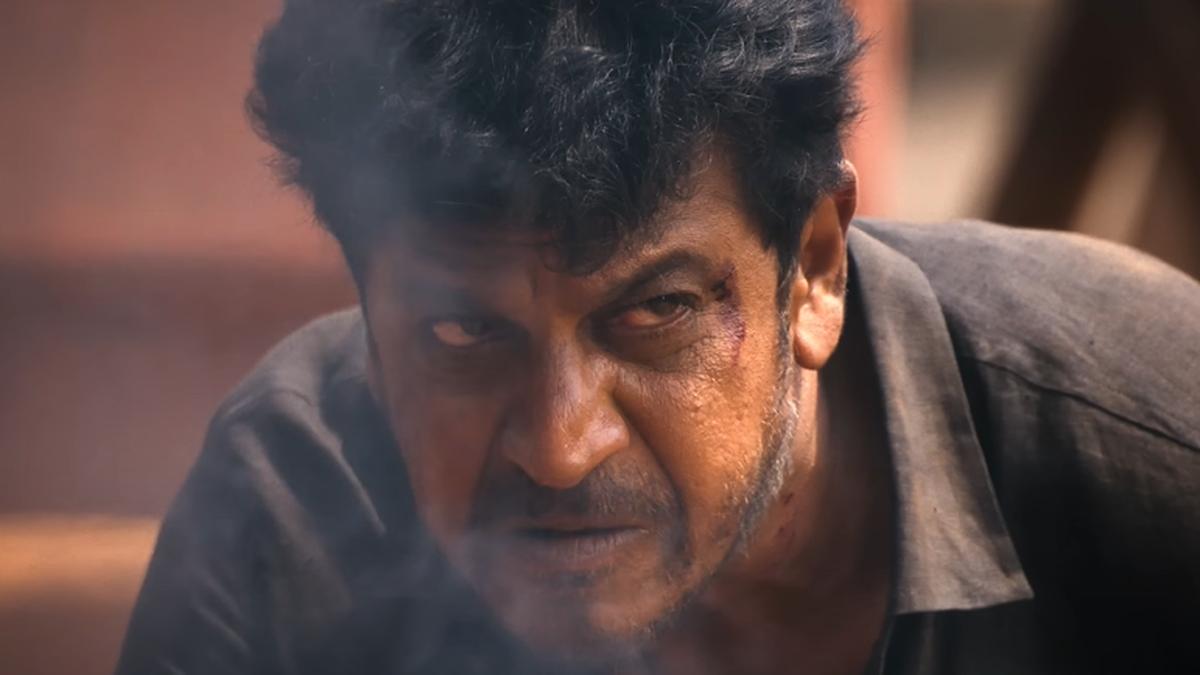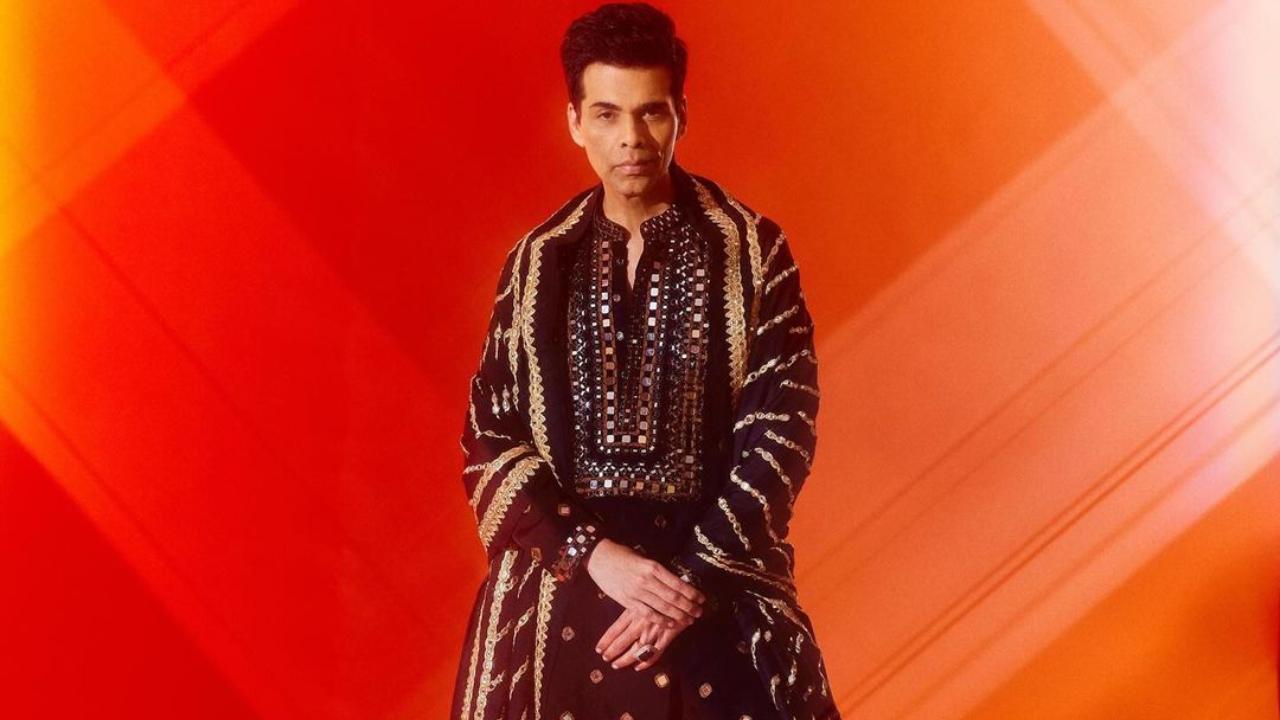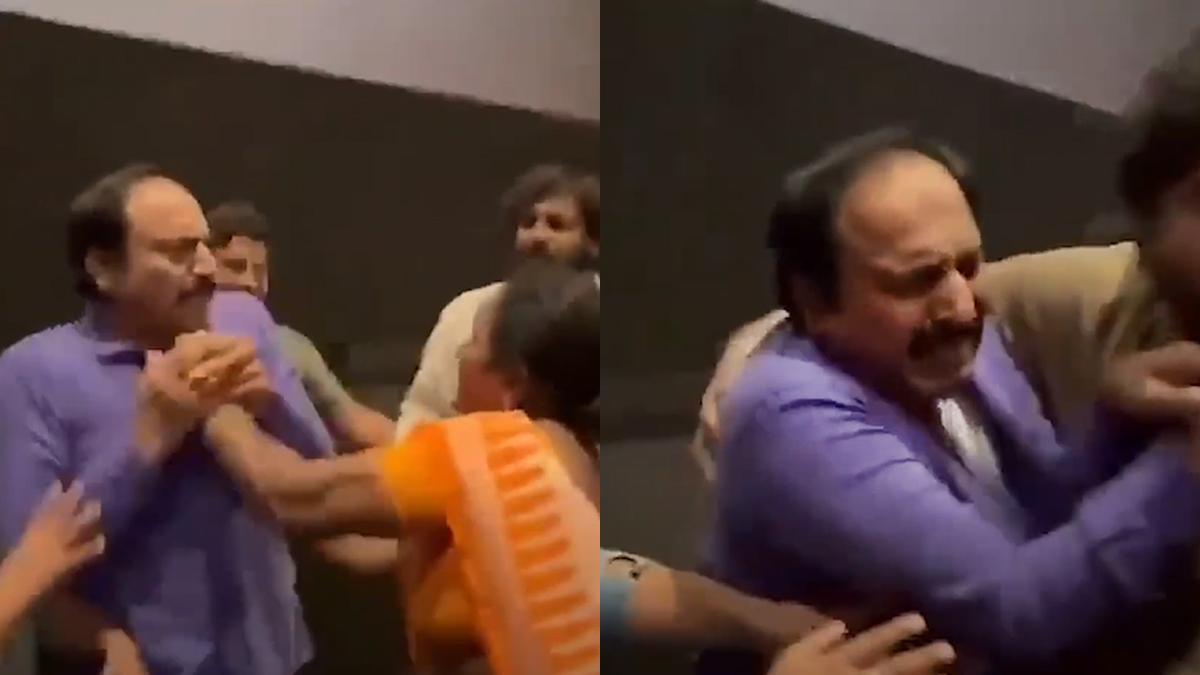
For many years, there has been a widely held belief in the world of cinema that a powerful narrative ideally shows more than it tells and expresses more than it explains. This has been the hallmark of compelling cinematic storytelling that resonates with audiences universally. However, with the ever-increasing boom of content on OTT platforms, this cherished ideal seems to be increasingly sidelined. Instead, there is a noticeable shift toward an approach that often prioritizes explaining over expressing, thereby reversing the fundamental tenets of engaging storytelling. ‘Do Patti,’ the latest entrant in a burgeoning lineup of films skipping the traditional theatrical release in favor of streaming services, epitomizes this trend by relegating the art of storytelling to a superficial facade of meaningful cinema. While effectively delivering its message, the film regrettably fails to offer much beyond that.
In essence, ‘Do Patti’ bears a striking resemblance in spirit to films like ‘Seeta Aur Geeta’ and ‘Darlings.’ It ambitiously undertakes a genre-hopping journey, initiating as a police procedural, transitioning into the realms of chick-lit, and culminating in a discourse on domestic abuse reminiscent of public service campaigns like ‘Bell Bajao.’ The narrative, penned by Kanika Dhillon, is notably marked by dialogues that pack more intensity than their screenwriting foundation. This leads to an inconsistent tone that feels disjointed and overly convenient, thereby rendering the audience unable to foster deep empathy for the characters in this jumbled mélange of genres. Intriguingly, although the film attempts to privilege the spirit of the law over its letter, it fails to embrace a similar approach within the cinematic domain.
Set against the breathtaking backdrop of Uttarakhand’s misty hills, ‘Do Patti’ unfolds as the tale of two sisters, both portrayed by Kriti Sanon, and a determined police officer, embodied by Kajol, as they join forces to unravel a case of attempted murder. The sisters, Saumya and Shailee, embody two contrasting yet kindred spirits—one submissive and the other flamboyantly conceited. Their tumultuous childhood experiences sculpt them into distinct individuals who, somewhat fatefully, find themselves entangled in aspirations and conflicts centered around the same man.
.
This man, Dhruv Sood, played by Shaheer Sheikh, is the son of a Haryana politician and epitomizes entitlement with simmering anger issues. Beneath his rakish charm, which fuels feminine fantasies, lies an insecure beast. This character, sculpted by centuries-old patriarchal conditioning, perceives the sisters as interchangeable objects for display, depending on the societal gaze they cater to. Dhillon adeptly highlights the violence endured by women under these circumstances, but together with the director, Shashanka Chaturvedi, struggles to translate poignant moments and incisive social commentary into a seamless and compelling narrative.
The film’s cinematographic work, helmed by Mart Ratassepp, excels in capturing the stunning landscapes of Uttarakhand, potentially captivating adventure sports aficionados. However, it offers scant satisfaction to those eager to delve into the intricacies of the characters’ psyches. Kriti Sanon’s portrayal of both sisters displays her adeptness at navigating a double role, yet the storytelling device serves as a beacon heralding the film’s big reveal, diminishing the element of suspense. This narrative device transforms into an exposition of the talented actor’s capacity to seamlessly embody both the docile and rebellious facets of the feminine psyche.
Shaheer Sheikh is required to transcend his character’s limitations without overshadowing the storyline, and his onscreen portrayal occasionally reflects this internal struggle. Kajol, following the paths of esteemed contemporaries like Raveena Tandon and Karishma Kapoor, steps into the role of a spirited police officer striving to maintain her vigor despite life’s adversities and professional constraints. She imbues the character with her inherent spontaneity, though the utilization of colloquial expletives feels incongruous. Over time, Kajol, a natural performer, appears restrained by the film’s uneven writing and the directives imposed by its orchestrators.
Currently available for streaming on Netflix, ‘Do Patti’ delivers its message but leaves much to be desired in terms of cohesive storytelling. While it addresses important themes, its execution falters, preventing it from achieving the impactful resonance it sets out to create.










